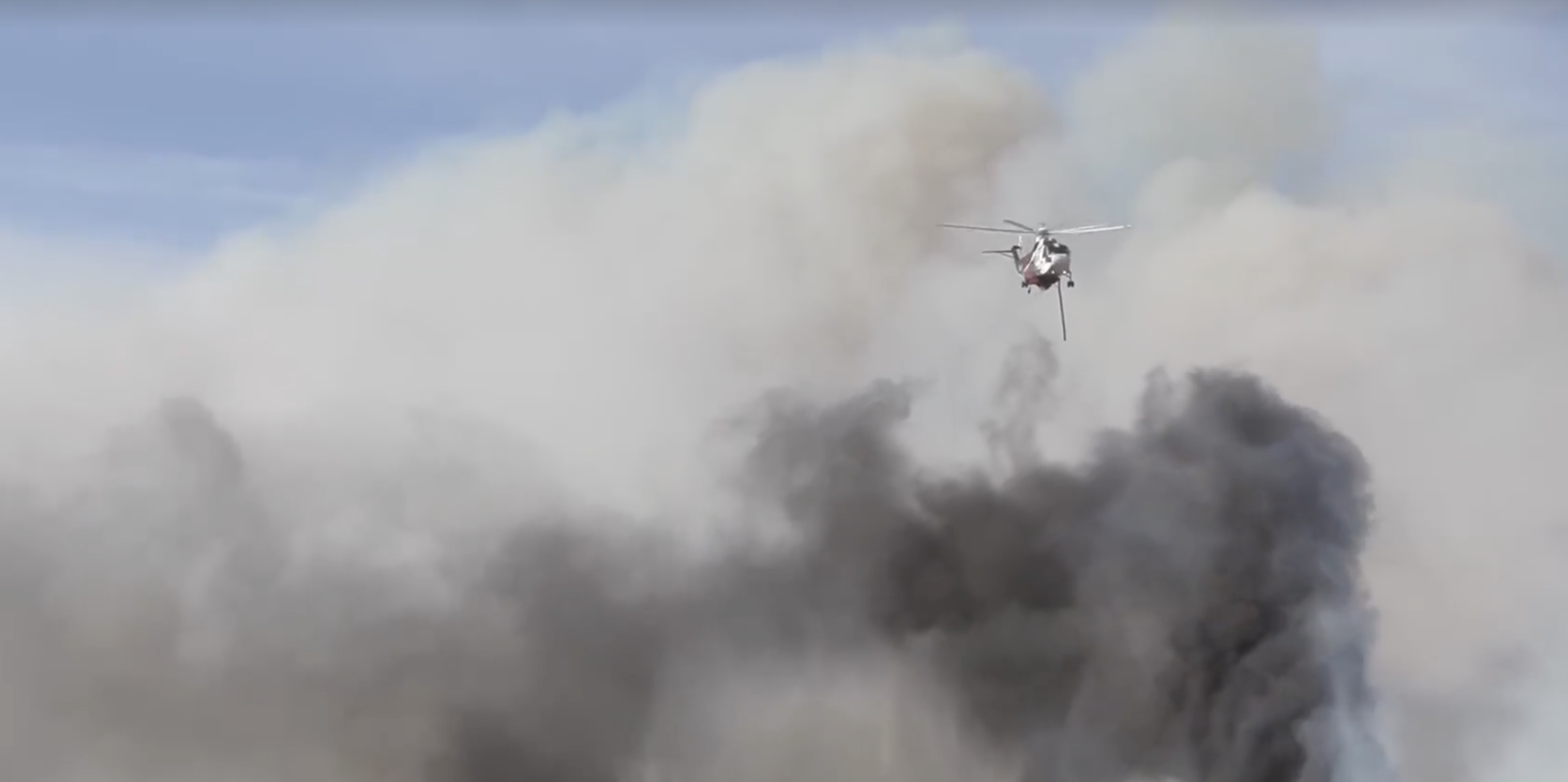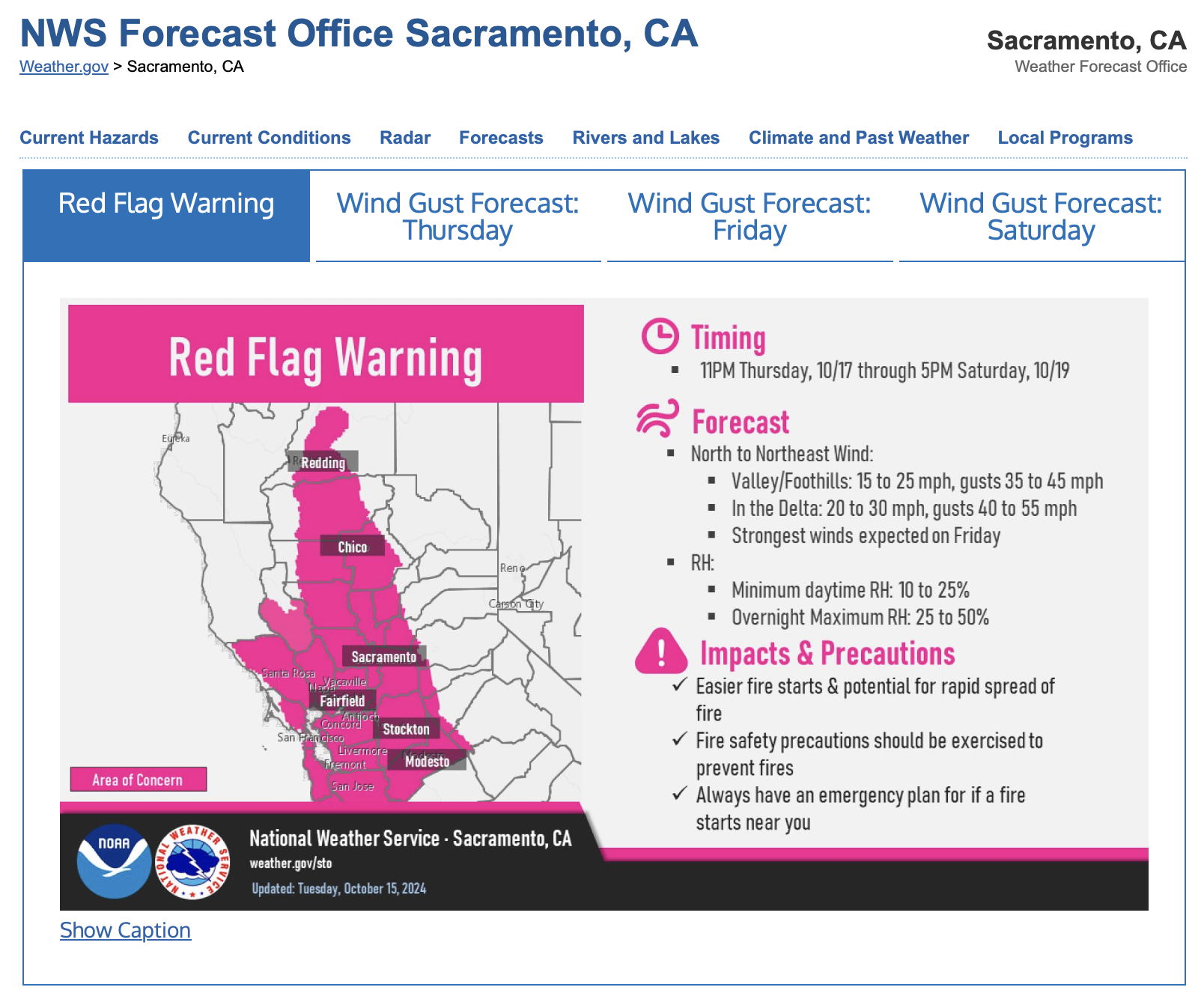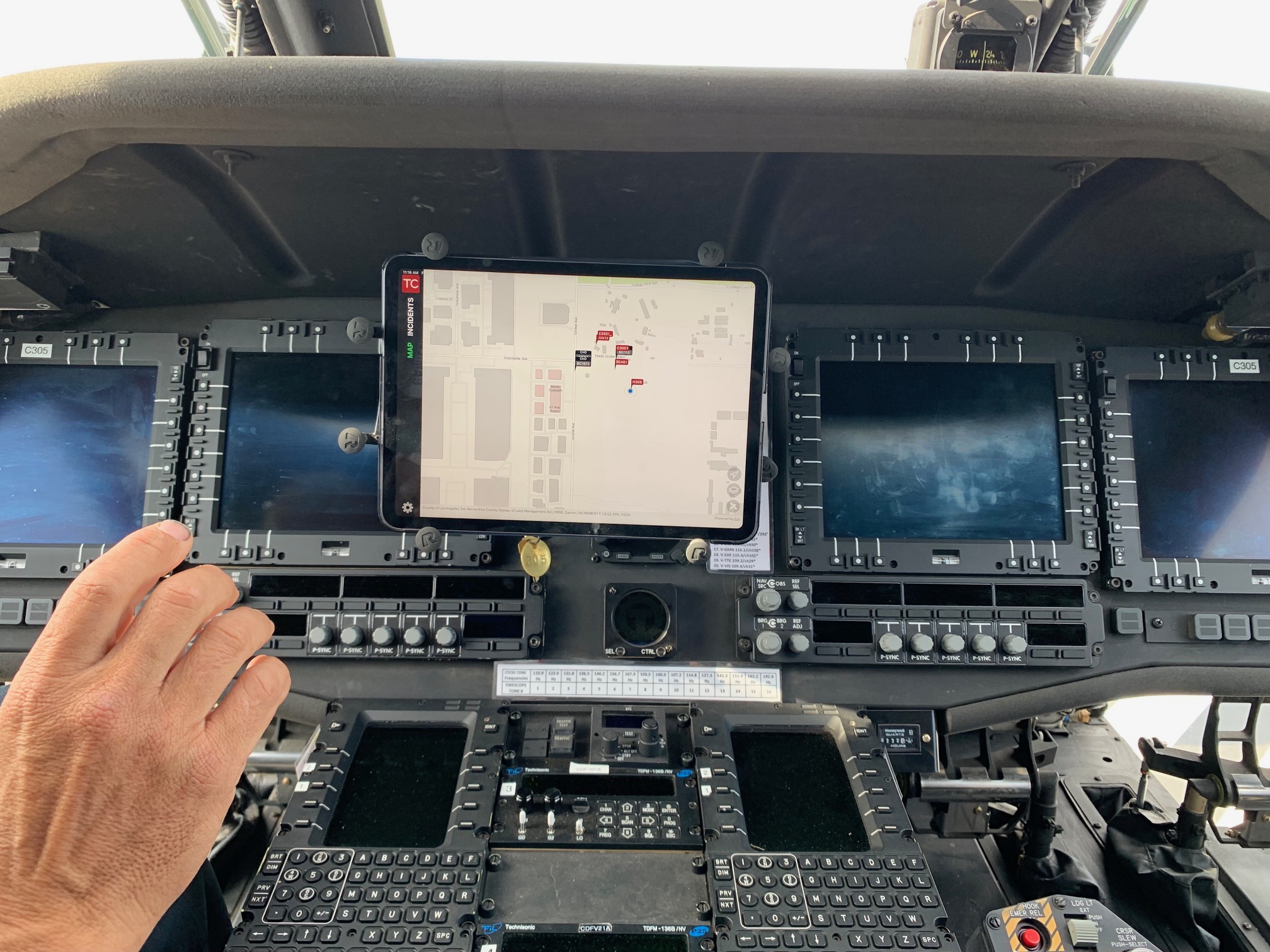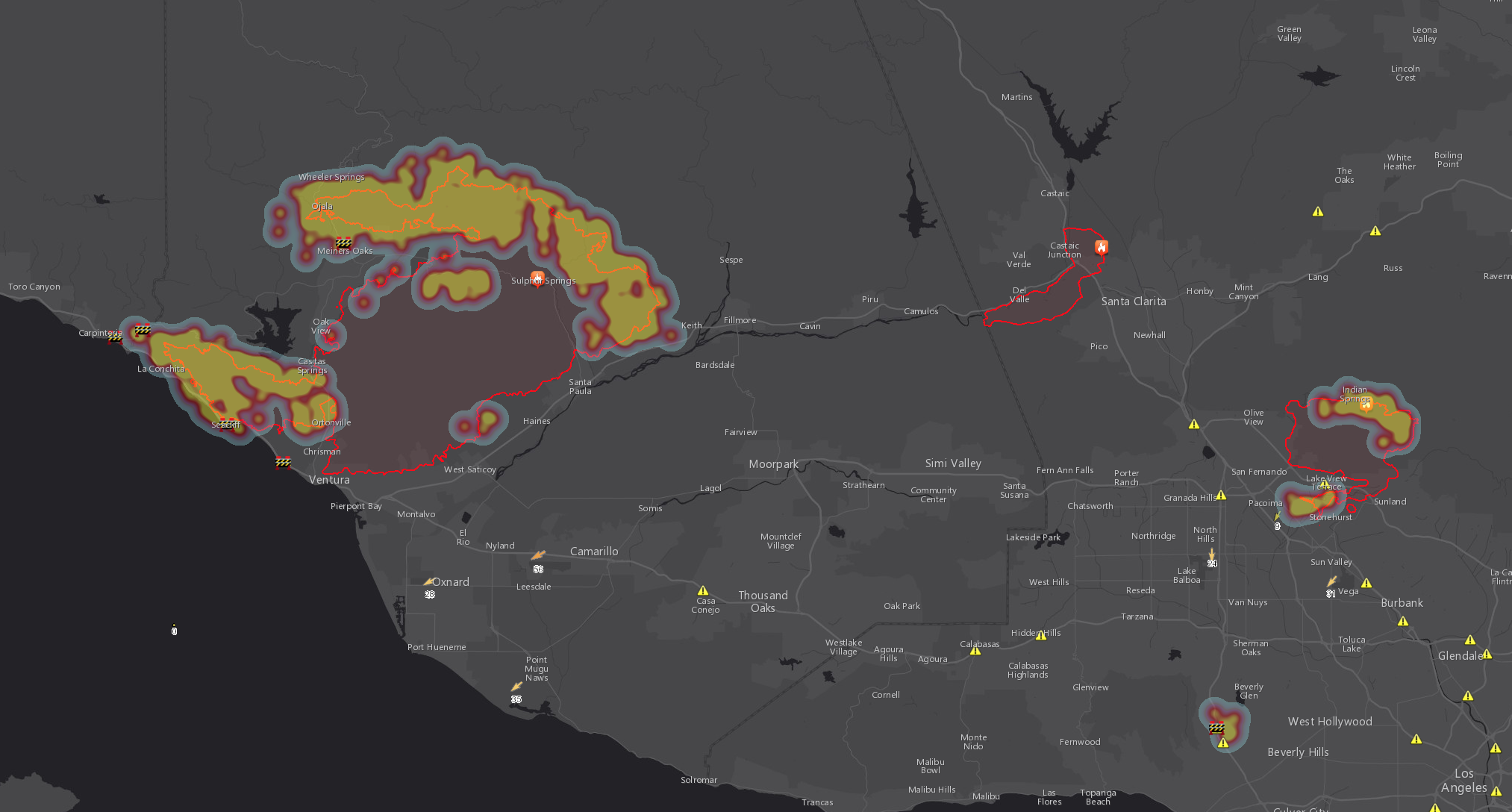As an Assistant Fire Chief, one critical way I stayed ahead of significant weather events was by subscribing to iNWS (Integrated National Weather Service) Mobile Alerts. Whether it was high temperatures, high winds, or red flag warnings, having foresight into these events was paramount. iNWS allowed me to be proactive in my decision-making, giving me and thus my team, the advanced notice to prepare for what was coming.
William Pigeon
Recent Posts
Staying Ahead of the Storm: How iNWS Keeps First Responders Prepared
Topics: mobile incident software, iNWS
Western Wildfires: Preparing for the Late Season Fire
Red Flag Warning prompts reflections on both hard data and personal experiences with October fire events.
As we move into fall and the holiday season, cooler temperatures may give a sense of relief, but in California, the wildfire threat is far from over. October, November, and December bring unique dangers—specifically, dry conditions combined with the Santa Ana and North Winds, which fan the flames of some of the deadliest fires in the state’s history. Today, the National Weather Service issued a Red Flag Warning for Thursday evening through Saturday, with high winds and critically dry conditions, highlighting the ongoing fire risks this time of year.
I was selected for flight rescue training early in my career as a firefighter/paramedic. Training started on the ground, running through some pre-hoist/rescue checklists. The crew chief called out: "Power to the cable cutter," the pilot responded, "Check." After two rounds, I asked, "What is the cable cutter?" The crew chief explained that the pilot could activate a demolition charge in the hoist that would sever the cable and drop the load if it became tangled, or if the aircraft suffered a mechanical failure. I paused for a second and realized that I was the load! It turns out there were not one but two ways to cut me – the load – from the aircraft.
As Firefighters and Paramedics we must often make critical decisions during very dynamic, time-compressed and stressful situations. We have all attended trainings such as High Rise Firefighting Command and Rapid Intervention Crew Deployment that have included tactical worksheets, checklists and other reference materials. However, during an incident these types of resources are not always utilized and we revert to working from memory.
Topics: standardized operations, best practices, Cloud-based incident command software
Since Sunday, the Tablet Command team has been watching for updates and had a difficult time locating maps that displayed the hotspots of the fire and active fire perimeters. We found that the information on other maps was not complete or useful. We decided to make our own with one of the great tools that we use frequently.
Esri provides some excellent tools and one of those tools, ArcGIS Online is used by Tablet Command to support our customers access to agency GIS information. ArcGIS Online is a great way for any agency to create custom web maps with dynamic data within a matter of minutes. We created this web map with Esri ArcGIS Online in about 20 minutes. We have been using it so much that we decided that we should share it with everyone.
Topics: Esri, Fire, Fire Command, incident command, incident management software, maps, Tablet Command
As the technical lead for Tablet Command, the most frequent question I hear is “Which iPad should my department get?”
The answer comes with some personal preference but some absolute requirements or recommendations. I’ll walk you through the difficult questions that everyone wonders about. I’ll start by getting to the point and then explain the different options.
My official recommendation for public safety (fire) users:
iPad Air 2
64GB
Wifi + Cellular (includes GPS receiver)
You may know, but recently we did a scheduled upgrade of our database server. I wanted to provide a technical background on our recent upgrade and explain what that means to you as an end user. As technical lead for Tablet Command and understanding the dependence of technology in emergency services, we strive for 100% uptime. The database upgrade prevented us from meeting this, but we are planning our future architecture to accommodate for database upgrade too.
Topics: Uncategorized






